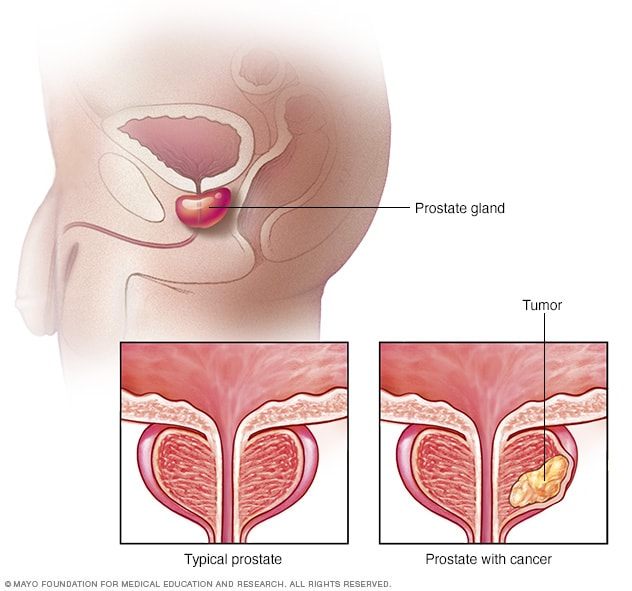Understanding the Prostate and Prostate Cancer
Your prostate is a small gland in men that plays a crucial role in reproductive health, helping produce seminal fluid. Understanding this gland is key to knowing about its problems. Prostate cancer develops when cells in the prostate grow uncontrollably, sometimes leading to tumors. Early prostate cancer symptoms and treatment are vital as these symptoms of prostate cancer might not be obvious initially. Recognizing its underlying signs can pave the way for early intervention.
Step 1: Identifying the Early Signs of Prostate Cancer
Looking for changes in your urinary habits is critical. You might notice things like trouble starting urination or increased frequency. Such prostate cancer symptoms and treatment awareness are essential. Also look for blood in your urine or semen. Pain in your pelvic area can also indicate this disease. It might not just be regular discomfort. As soon as you notice any of these symptoms, it’s crucial to consult a doctor. Early detection can lead to more options for treatment of enlargement of the prostate gland.
Step 2: Recognizing Symptoms of Advancing Disease
As prostate cancer progresses, the symptoms of prostate cancer can become more intense. If it spreads, you could experience bone pain or severe fatigue. It may also affect your sexual health, resulting in erectile issues. Some might lose bladder control, which can signify urgent need for medical attention. Being vigilant about these changes can make all the difference in seeking timely care and improving outcomes.
Step 3: Differentiating Prostate Cancer Symptoms from Benign Conditions
It’s important to know that prostate cancer symptoms can overlap with less serious conditions like benign prostatic hyperplasia (BPH) and prostatitis. These conditions have similar prostate cancer and symptoms, like urinary issues. That’s why it’s crucial to consult a doctor for accurate diagnosis and to alleviate any concerns.
Step 4: Seeking Medical Advice Promptly
Seeing a doctor at the first sign of prostate cancer and symptoms can significantly improve the outlook. It’s crucial for determining the best course of action. Be ready to explain your symptoms clearly to your healthcare provider. Create a log of your symptoms, noting their frequency and severity to help your doctor with an accurate diagnosis.
Step 5: Proactive Measures and Screening Essentials
Men who are at risk should consider early screenings. Tests like a PSA test or a digital rectal exam help in spotting symptoms of prostate cancer sooner. Regular checkups are important in keeping track of changes in your prostate health. They play a crucial role in treatment for prostate cancer symptoms if needed, ensuring that you remain vigilant and proactive in managing your health.
Conclusion
Identifying prostate cancer symptoms early is crucial for effective intervention. Prioritize your health and don’t ignore persistent signs of prostate ca. Taking proactive steps can lead to better outcomes. Remember, it is never too late to make a positive move towards safeguarding your wellness.
Call to Action: Empowering a Knowledge-Sharing Community
Feel free to share this blog’s insights with friends and family. Stay informed and proactive about men’s health by engaging with informative content regularly.

